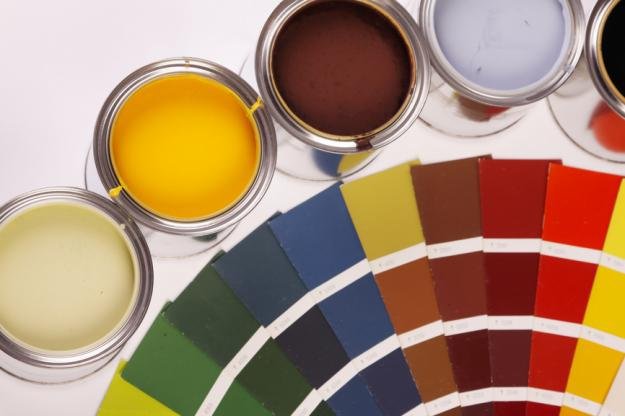
A: If you need to paint outside with latex paint when temperatures are moving up and down like a yo-yo, I suggest you use one of the latex like Duration, Resilience, or SuperPaint. These products can be applied and will cure at lower temperatures, as low as 35° F. Traditional latex-based paints need temperatures above 60° F to cure properly. Warmer temperatures are needed to allow the latex particles to coalesce, or melt together. That is why the spring and fall can be tricky times to paint outside. A common mistake is to paint when the daytime high temperature gets above 60° F and the nighttime temperatures get much cooler because dew forms on almost everything as soon as the sun goes down. Even though the temperature was OK at the time of application, the paint can stop coalescing. This permits moisture to get into the uncured paint film allowing certain ingredients to come to the surface when the moisture evaporates, causing surface staining and possible adhesion problems.
Q: When painting outside, how long does the temperature need to stay in the suggested range? Some people say it's okay to paint all day, even if the temperature is above the minimum recommendation for only an hour or so.
A: Ideally, the temperature should be in the suggested range and above the dew point for at least 48 hours after application. Colder temperatures and moisture on the surface will not allow a paint film to form properly. This will shorten the life expectancy of the paint and could cause surfactant leaching, mildew growth, frosting, and adhesion problems. When the forecasters predict changing temperatures that may drop below the normal recommendation of 50° F for latex paint, consider using a house paint that can be applied and will cure at temperatures as low as 35° F. This will give you the opportunity to extend your painting season by as much as two months in most areas of the country.


